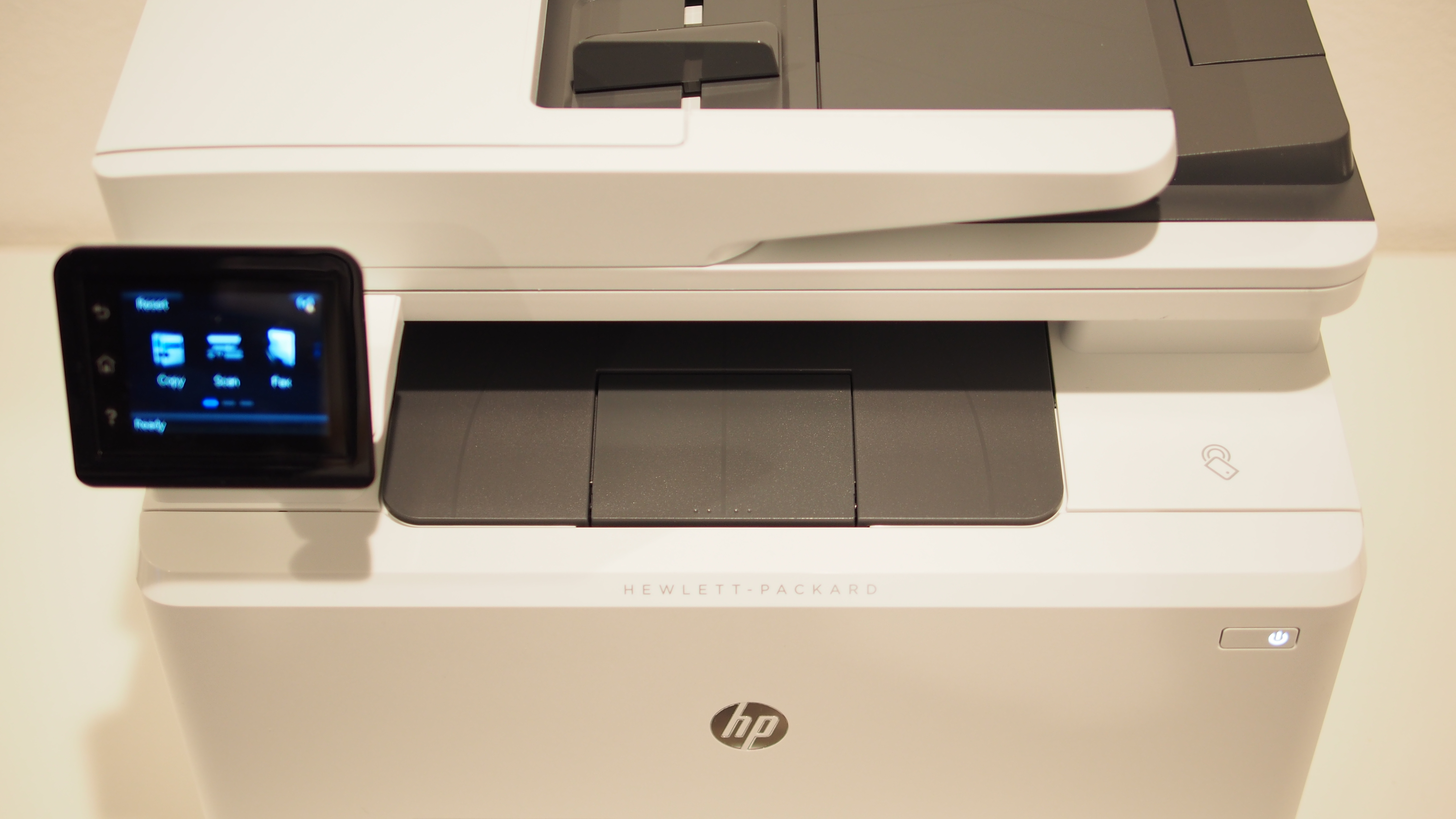Why you can trust TechRadar
For basic printing needs, initial setup is a breeze. The printer is packaged inside a large bag that's sandwiched between foam inserts for protection during shipping. To remove the printer from the box, HP recommends that you lay the box on its side and pull the plastic bag with the printer out, making it easier than having to lift a heavy printer out of a snug box.
Once the printer is out of the box, it takes about 30 seconds for the printer to initialize when it's powered on. Unlike the Epson WorkForce Pro WF-4630 inkjet that I recently reviewed, the laser toner cartridges are pre-installed in the front bay of the M277dw, which can be accessed by pulling the front hatch down. The four color toners - black, cyan, magenta and yellow - are installed on a tray that slides out.
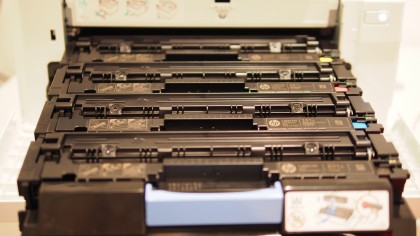
The initial process takes about five minutes as the printer calibrates, far quicker than the twenty minutes required for calibration on the Epson WF-4630. After the process is complete, users can begin immediately using the printer as a copier and for faxing by plugging in a standard telephone line.
Connecting the printer to the router took about another minute. Using the three-inch LCD screen, I was able to choose the Wi-Fi Protected Setup, or WPS, which required me to push the WPS button on my router.
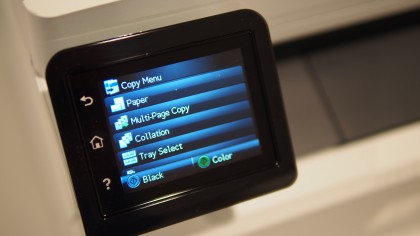
In terms of software installation, HP ships the printer with a DVD containing the drivers and software. I chose to download the software from HP's website to get the most up-to-date drivers available for my Mac. Unlike other manufacturers that bundle convoluted software, drivers and installation packages on their support page, HP had a single download to make things easy.
On my Mac, I downloaded the HP Easy Start printer app. Once the app runs, it will detect the printer and prompt users to choose the basic download as well as the scanner drivers. Installation took less than five minutes.
Although the printer setup was straightforward, setting up the scanner for Wi-Fi scanning and remote scanning was a bit more complicated. Unlike Epson, which allows users to scan to a PC, email or to a cloud account, HP delivers scanned files to a shared folder, email or groups. This offers convenience to teams working with shared documents, but requires more effort in setting up.
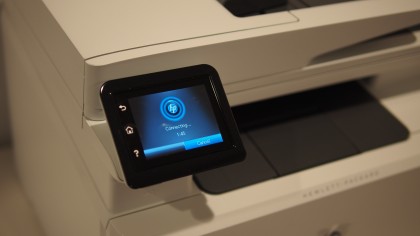
The setup process could have been simpler, but as it stands users will need to know the SMTP address and port for their email as well as how to configure a shared folder on their PCs. It's not overly complicated, but does require a little bit of tinkering and non-tech savvy users may be put off by the extra involvement required.
Print costs
Unfortunately, despite the JetIntelligence technology, print costs are expensive, with color prints exceeding 10 cents per page, even with the high yield toner cartridges.
The standard black toner, which retails for $66 (£42, AU$83), provides a 1,500 page yield, delivers a cost of 4.5 cents for black-and-white prints. Color prints are more expensive. There are three color toners at a cost of $78 (£50, AU$99) per toner with a print yield of 1,400 pages. This means that color jobs will cost roughly 21.4 cents per page.
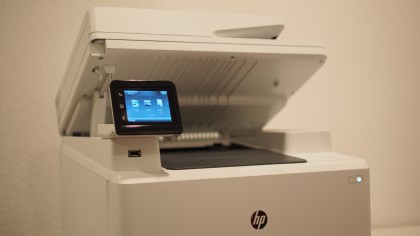
The costs are lower with the high yield toner cartridges, but per page costs aren't as cheap as HP's enterprise inkjet printers or Epson's WorkForce Pro 4630 inkjet.
With the high yield cartridges, black-and-white jobs cost three cents per print and color jobs cost 15.9 cents per print. The black cartridge retails for $89 (£57, AU$113) and delivers 2,800 pages of prints while each of the color cartridges costs $99 (£64, AU$125) with a yield of 2,300 pages.
For comparison, the inkjet-based HP Officejet Pro x551dw ($299, £192, AU$378) costs less and delivers even more economical print costs with 1.3 cents for black-and-white and 6.1 cents for color. Using the Epson's XL-branded high yield inkjet cartridges, the WF-4630 delivers black-and-white and color prints at half the cost of HP's Color LaserJet.
